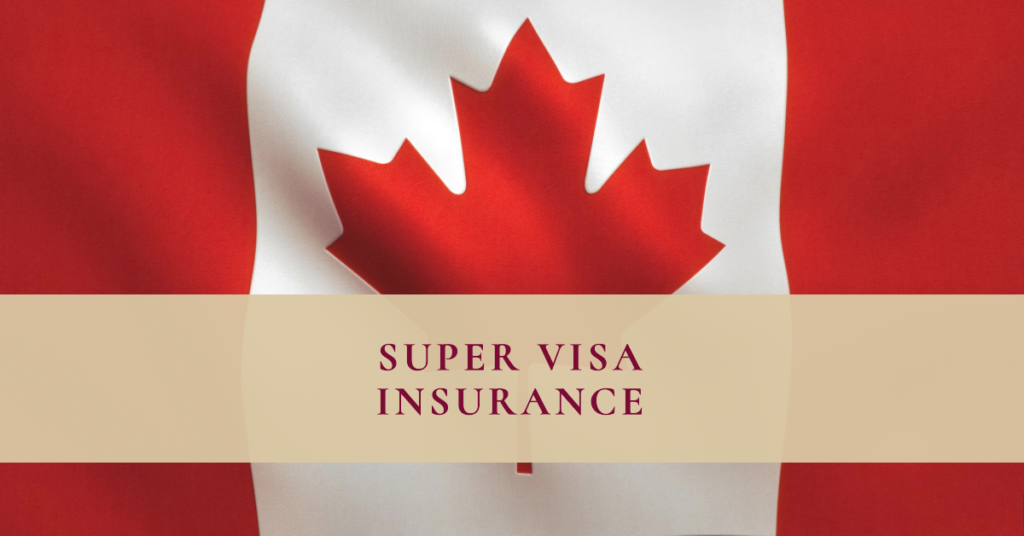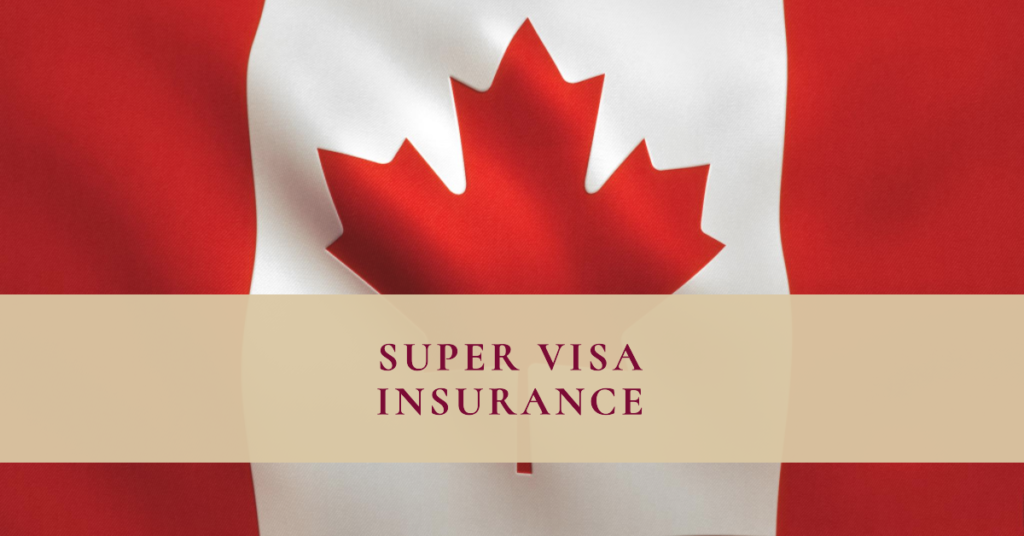How Can Music Be Made More Accessible to People with Disabilities?
How Can Music Be Made More Accessible to People with Disabilities?Music is a universal language, able to connect people from diverse backgrounds and evoke powerful emotions. But while music is accessible for many, people with disabilities often face unique challenges in enjoying, creating, and engaging with music fully. Creating “Music for Everyone” isn’t just a catchy slogan—it’s a commitment to making music accessible and inclusive for all, regardless of physical, cognitive, or sensory challenges. Here, we’ll explore innovative ways to make music more accessible, with practical steps for both individuals and the music industry to ensure that everyone can enjoy, perform, and feel a part of the music world.
1. Understanding Barriers to Music Accessibility
To create truly accessible music experiences, it’s essential first to understand the barriers that people with disabilities face. These barriers can broadly be categorized into:
Physical Barriers: Many musical instruments, concert venues, and studios are not designed with wheelchair accessibility or physical limitations in mind. Musicians with limited mobility may struggle to play traditional instruments without adaptations.
Sensory Barriers: People who are deaf or hard of hearing and those who are blind or have low vision encounter unique challenges when experiencing music, particularly live performances and complex auditory compositions.
Cognitive Barriers: Those with intellectual disabilities may find it difficult to navigate complicated music interfaces, learning environments, and standard music theory.
With these barriers in mind, let’s explore some practical solutions and innovations that make “Music for Everyone” a reality.
2. Adapting Musical Instruments and Interfaces
Traditional instruments often require physical strength, dexterity, or sight to operate effectively, which can exclude many aspiring musicians. By developing adaptive instruments and interfaces, we can make music-making accessible to people of all abilities.
Touch-Free and Adaptive Instruments: Instruments like the Soundbeam use motion-sensing technology to allow users to create sounds and music by moving their bodies in front of sensors. This is especially beneficial for people with limited mobility, as even a small hand or head movement can trigger sounds and enable musical expression.
Eye-Tracking and Gesture-Controlled Instruments: Technology that reads eye movement or facial gestures can also allow musicians with significant physical limitations to play instruments. Software like EyeHarp uses eye-tracking to let users create music without touching an instrument, offering a unique approach to accessibility in music creation.
Switch-Accessible Instruments: For individuals with limited movement, switch-accessible devices enable them to control music software or instruments with a simple press of a button or switch. These adaptive tools provide an opportunity for many to perform, compose, and record music, offering a new sense of autonomy.
3. Enhancing Concert and Event Accessibility
Concerts and live music events can be overwhelming environments, especially for those with physical, sensory, or cognitive disabilities. To truly promote “Music for Everyone,” we need to ensure that live music experiences are welcoming and accommodating.
Sign Language Interpretation and Subtitles: For those who are deaf or hard of hearing, sign language interpreters can make concerts accessible by interpreting song lyrics and dialogue in real-time. Providing lyrics or subtitles on screens can also help audience members better engage with the performance.
Assistive Listening Devices and Hearing Loops: Many venues now offer assistive listening devices (ALDs) or hearing loop systems that transmit sounds directly to hearing aids or cochlear implants, enabling those with hearing loss to experience clear and amplified sound.
Tactile Transducers and Vibrating Floors: Some venues have begun incorporating tactile transducers, which convert sound into vibrations that can be felt through the floor or seats. This technology is particularly useful for individuals who are deaf or have profound hearing loss, as it allows them to feel the music’s rhythm and bass.
Sensory-Friendly Performances: Some concert halls now offer “sensory-friendly” or “relaxed” performances, where lighting is adjusted, volume levels are controlled, and there are designated quiet areas. These changes make concerts more accessible for individuals with sensory sensitivities, including those with autism spectrum disorder (ASD).
4. Accessible Music Education and Learning Resources
Music education is foundational for many musicians, but traditional teaching methods often lack accessibility. By making music education more inclusive, we can empower a new generation of musicians with disabilities.
Braille Music Notation and Accessible Sheet Music: For blind or low-vision musicians, learning to read music is crucial. Braille music notation is an effective tool for making sheet music accessible. Additionally, some digital platforms offer screen reader-compatible sheet music and tools that allow users to enlarge, contrast, or color-code music notation for greater accessibility.
Inclusive Music Software and Apps: Software developers are creating programs specifically tailored to accommodate different disabilities. For instance, GarageBand and Soundtrap offer accessible music creation tools with customizable interfaces that are screen-reader-friendly, color-contrast-adjustable, and designed to accommodate users with various physical and cognitive needs.
Accessible Music Therapy Tools: Music therapy is widely used to aid in physical and emotional recovery, and accessible tools make this therapy more effective. iPads and tablets with music apps like ThumbJam allow users with mobility issues to participate actively in music therapy through touch-responsive sounds.
5. Incorporating Technology and AI for Enhanced Accessibility
As technology advances, AI and machine learning offer new possibilities to create a more inclusive music experience. From composing and playing music to attending live events, here’s how AI is reshaping music accessibility.
AI-Driven Music Composition for Cognitive Accessibility: Programs like AI Duet enable users to create music without needing prior knowledge of composition. AI algorithms can suggest chords, rhythms, and even full compositions, helping individuals with cognitive disabilities enjoy creating music at their own pace.
Voice-Controlled Music Software: Voice-activated software like Siri, Google Assistant, and other voice interfaces allow individuals with mobility impairments to interact with music devices hands-free. These voice-activated systems let users play, pause, or select songs and instruments with simple commands.
Automatic Captioning and Real-Time Transcription: Many AI-powered tools now offer real-time transcription and captioning services, making it possible to provide on-the-fly captions for live events and music videos. This is a major advancement for those who are deaf or hard of hearing, as it allows them to engage more fully with musical content.
6. Building a More Inclusive Music Industry
Making “Music for Everyone” isn’t just about adapting technology and physical spaces—it also involves changing attitudes and practices within the music industry itself. Inclusive policies, representation, and advocacy are critical steps toward creating a truly accessible music culture.
Promoting Diversity and Representation: When people with disabilities see musicians like themselves represented on stage or in the media, it can be incredibly empowering. More music venues, record labels, and media companies are prioritizing diversity by showcasing artists with disabilities, which in turn inspires the next generation to pursue their musical passions.
Training Staff in Accessibility Awareness: Music venue staff, music educators, and other industry professionals should undergo accessibility training to better understand the needs of attendees and musicians with disabilities. This training includes learning how to operate assistive devices, offer physical assistance, and create an inclusive atmosphere for all music lovers.
Accessible Music Venues and Online Platforms: Ensuring that music venues have accessible seating, ramps, and bathrooms is essential. Online platforms also play a huge role in accessibility by offering accessible streaming services and virtual concerts, enabling people with disabilities to participate from the comfort of their own homes.
7. Creating Accessible Virtual Music Experiences
Virtual events, such as online concerts and festivals, have increased in popularity. These experiences offer unique opportunities for accessibility since they can be enjoyed from anywhere.
Customizable Viewing Options: Online streaming platforms can offer multiple viewing and listening options, including ASL interpretation, captions, and adjustable sound levels. With customizable accessibility features, viewers can tailor their experiences according to their needs.
Interactive Elements for Enhanced Engagement: Some online music platforms allow for interactive features like real-time comments, song requests, and virtual meet-and-greets. These options help people with disabilities feel more connected to the event, providing them with social and immersive experiences that were previously less accessible.
Conclusion: Making “Music for Everyone” a Reality
Music is for everyone, and creating an accessible, inclusive music world benefits not only people with disabilities but also society as a whole. When more people can express themselves through music, attend concerts without obstacles, and feel included in the music community, we foster a culture of understanding, empathy, and creativity.
By innovating and adopting accessible technology, improving physical spaces, and promoting inclusivity in the music industry, we can continue to break down the barriers to music accessibility. Whether it’s a person feeling the vibrations at a concert, using eye-tracking software to compose a song, or participating in a virtual festival with captions, there are endless ways to make “Music for Everyone” a reality.
In the end, music is more than just a sound or a melody; it’s a way for people to connect, heal, and inspire. Making music accessible ensures that everyone, regardless of their abilities, has the chance to experience the joy and power of music.








